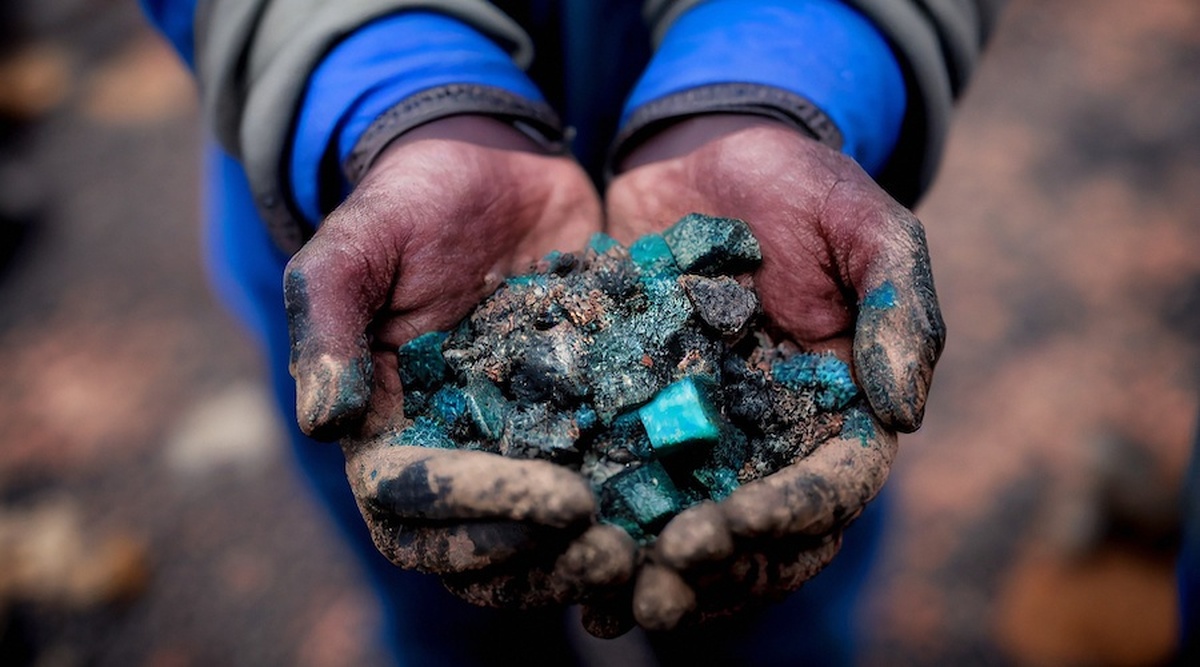
Sulphur squeeze spells trouble for Congo’s miners
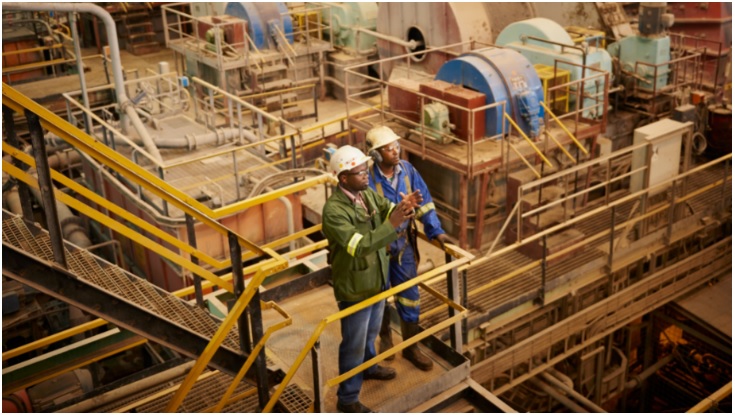
Coronavirus lockdowns and border closures in South Africa and parts of Zambia and Congo have disrupted transport and other logistics, delaying essential mining supplies.
Congo, the world’s biggest cobalt producer, accounted for 70% of global supplies in 2019 of the metal that is used in alloys for jet engines and batteries for phones and electric cars. It is Africa’s biggest copper producer, accounting for 6.5% of world supplies. Sulphuric acid is used to extract both.
“Planning can only take you so far and if you rely on those trade flows and there are disruptions, there is nothing you can do about it,” said Peter Harrisson, head of sulphur and sulphuric acid analysis at CRU Group.
Prices of granulated sulphur, a pure form of sulphur that is easily transported and used to make sulphuric acid, are up about 10% since the end of 2019 at about $420 a tonne.
Mines in Congo are still producing copper and cobalt, which is major byproduct in the process, mostly relying on existing stocks of sulphuric acid and other chemicals, or reagents.
“We are seeing high prices for reagents,” a logistics official said.
“The market needs a couple more weeks before some of the mining operations become desperate and are forced to buy at inflated prices or risk shutting down.”
Congo miners import about 3 million tonnes of sulphuric acid a year, mainly buying from smelters in Zambia, and about 450,000 tonnes of granulated sulphur, mostly coming via suppliers in South Africa, according to CRU.
Transport accounts for most of the costs involved.
Typically, purchasing the acid accounts for 16% of operating costs for Congolese mines, which include those operated by Glencore, China Molybdenum and Chemaf, a subsidiary of Dubai-based Shalina Resources.
Glencore, whose Congo unit said in April it was postponing plans to build an acid plant to the second half of 2020, declined to comment.
A spokesman for China Molybdenum, which runs the Tenke Fungurume mine, said the company had a stock of sulphur needed to make the acid and said supply still seemed “fairly regular”.
Chemaf Chief Financial Officer Nico de Lange said the company’s Etoile cobalt mine was well stocked with sulphur but said the company was now paying 8%-10% more than in December.
Mines extracting the metals from oxide ore typically use 3.5 to 4.5 tonnes of sulphuric acid for each tonne of copper produced, according to consultants Roskill.
Congo produced about 1.4 million tonnes of copper and almost 90,000 tonnes of cobalt in 2019, the central bank said.
Regional demand for sulphur rose in the past 18 months as new mines opened, smelter shutdowns squeezed supply and some mines opted to produce their own acid to cut freight costs, said Cherryl Thomas, Africa sales manager at reagent supplier Axis House.
Increased demand from China’s fertiliser industry has tightened global supply and lifted prices for Asia-origin sulphuric acid in the last two weeks, said Andy Hemphill, ICIS senior markets editor for sulphuric acid and potash.

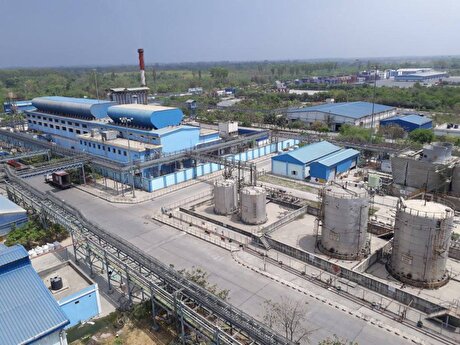
Hindustan Zinc to invest $438 million to build reprocessing plant

Gold price edges up as market awaits Fed minutes, Powell speech
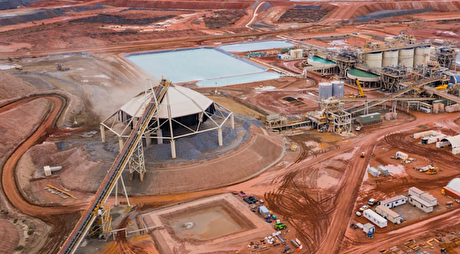
Gold Fields nears $2.4B Gold Road takeover ahead of vote

Glencore trader who led ill-fated battery recycling push to exit
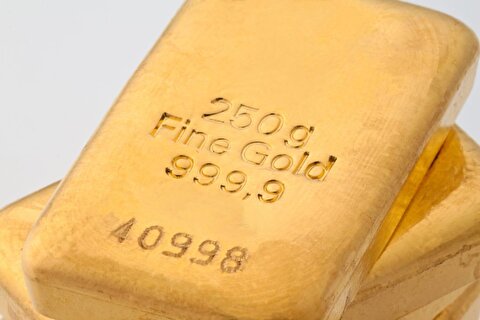
UBS lifts 2026 gold forecasts on US macro risks

Roshel, Swebor partner to produce ballistic-grade steel in Canada

EverMetal launches US-based critical metals recycling platform

Iron ore price dips on China blast furnace cuts, US trade restrictions
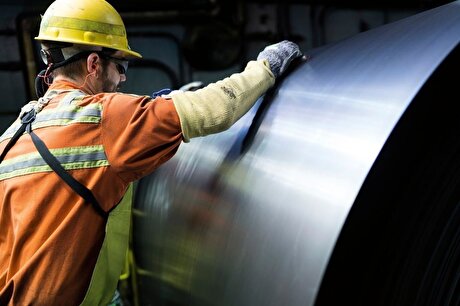
Cleveland-Cliffs inks multiyear steel pacts with US automakers in tariff aftershock

Trump raises stakes over Resolution Copper project with BHP, Rio Tinto CEOs at White House
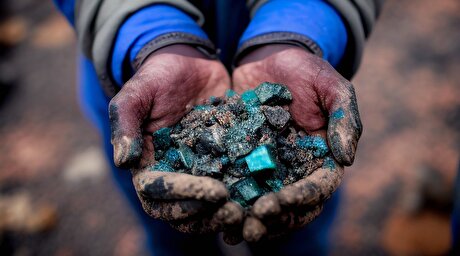
US seeks to stockpile cobalt for first time in decades

Trump weighs using $2 billion in CHIPS Act funding for critical minerals

Nevada army depot to serve as base for first US strategic minerals stockpile

Emirates Global Aluminium unit to exit Guinea after mine seized

Tailings could meet much of US critical mineral demand – study

Codelco cuts 2025 copper forecast after El Teniente mine collapse
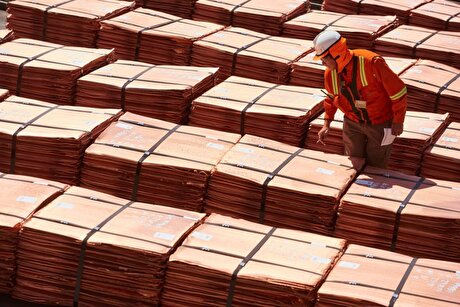
Glencore targets 1Mt of copper in Argentina over coming decade

Viridis unveils 200Mt initial reserve for Brazil rare earth project

SQM boosts lithium supply plans as prices flick higher

US seeks to stockpile cobalt for first time in decades

Trump weighs using $2 billion in CHIPS Act funding for critical minerals

Nevada army depot to serve as base for first US strategic minerals stockpile

Tailings could meet much of US critical mineral demand – study

Codelco cuts 2025 copper forecast after El Teniente mine collapse

Glencore targets 1Mt of copper in Argentina over coming decade

Viridis unveils 200Mt initial reserve for Brazil rare earth project

SQM boosts lithium supply plans as prices flick higher

Abcourt readies Sleeping Giant mill to pour first gold since 2014

